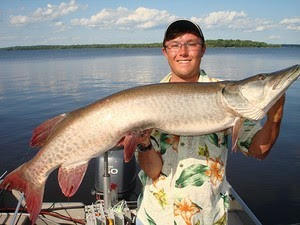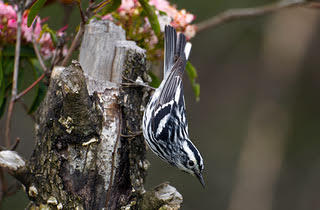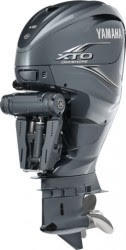By Glen Wunderlich
The use of the word “interesting” seems to be injected more into conversations recently as a substitute for more descriptive and more meaningful language. In most instances, I think we can do better than that, but when we are discussing how observations can hold one’s attention or curiosity, the term interesting can be quite appropriate. So, what follows may be just such tidbits derived from studies and personal observations of whitetail deer behavior – many of which stem from the June/July publication of Quality Deer Management Associations’ (QDMA) “Quality Whitetails” magazine.
Most turkey hunters will agree that the use of decoys will divert the attention of turkeys from hunters and directly toward the synthetic accomplice. While decoying is used almost exclusively as a successful strategy to bag gobblers, the same turkey decoys can be used to captivate the attention of whitetails’ innate propensity to be inquisitive.

Michigan Springtime Buck
One observation over the years is how whitetails will focus on ground blinds that have been erected shortly before a hunting season. Unlike turkeys, deer have a tendency to focus on blinds and subsequently will detect the slightest movement from within. However, that same blind will become relatively inconsequential, once a turkey decoy is placed only 25 to 30 yards directly in front of it.
On a recent hunt, I observed two whitetail bucks tune into a lone hen decoy to the point that they cautiously closed the distance to within inches of the decoy. With necks stretched as far as possible in an effort to detect scent, they became oblivious to my presence making for one interesting, uninterrupted video clip before scampering off into cover. Experienced hunters know the technique of “confidence decoys” and their use may be worth considering during deer hunting season.
No doubt, deer behavior can be fascinating to outdoors people and Kip Adams of QDMA points out some interesting (there I go again) aspects of the birth of fawns. Insofar as spring is when fawns are born, some understanding of how and why birthing activity takes place is provided for edification.
He writes, “After birth, fawns nurse and then hide alone. The doe sends them off to select their own bedding site. In do so, she ensures a predator can’t follow her scent to the fawn(s). The mother generally visits three to four times per day to feed and nurse them. She goes to the general area where she left them and calls. Fawns respond by standing and running to their mother. After approximately one month, fawns start spending much more of the day with their mothers.”
This behavior explains why in early spring, we don’t see fawns with their mothers. It also explains why their mothers are not at their sides and why humans often mistakenly assume fawns have been abandoned, when inadvertently discovered afield. It is also the reason why we are implored to leave them alone; it’s nature’s way!
Kip further explains that during the first few weeks after birth that fawns are unable to urinate or defecate on their own. Thus, while fawns are nursing, their mothers lick their genitals, causing fawns to do their “business.” Interestingly, the mother then consumes these excretions in an effort to minimize scent from predators’ noses. Simply wild!









